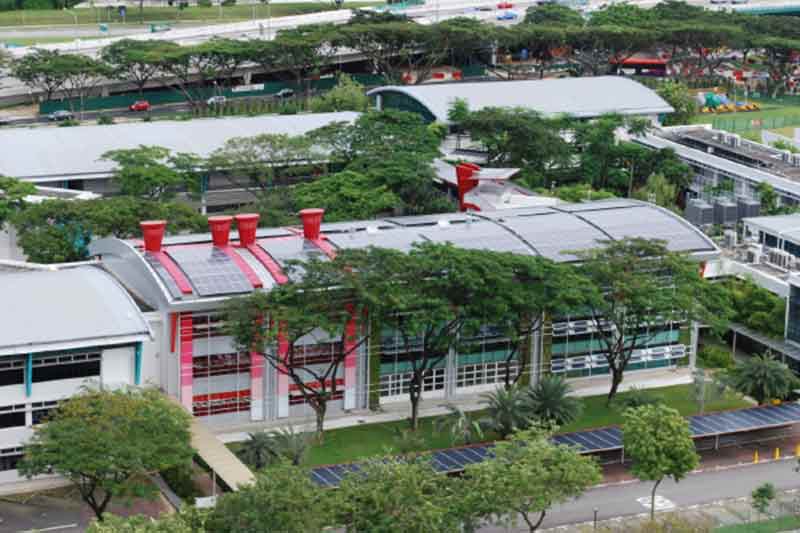
The Building and Construction Authority (BCA) has partnered the built environment industry and academia to develop a new iBuildSG Leadership Engagement and Development (LEAD) framework to support leadership development within the sector. BCA is also working with the industry to pilot a new, voluntary Maintainable Design Appraisal System (or MiDAS in short) from May this year.
These were announced at the BCA Awards 2019 ceremony by Minister of State for National Development and Manpower, Mr Zaqy Mohamad. More than 2,000 industry guests were present to celebrate the built environment sector’s achievements.
iBuildSG Leadership Engagement and Development (LEAD) Framework
The iBuildSG LEAD framework is an initiative under the Construction Industry Transformation Map to develop leaders within the workforce who can drive sustained industry transformation efforts. Targeted at young emerging leaders, to potential and existing C-suite leaders, the framework aims to build leadership capability and capacity at various levels.
There will be three leadership building platforms within the framework, anchored by two bespoke structured programmes, LEAD Horizon Programme and LEAD Milestone Programme BCA will partner the Singapore Management University (SMU) as the anchor institution for both the Horizon and Milestone Training Programmes. SMU’s strengths in industry collaboration and management skills will enhance the participants’ leadership competencies in these areas.
In addition, BCA will collaborate with the Singapore University of Technology and Design (SUTD) on a technical track within the LEAD Horizon Programme to run an innovation bootcamp. To complement the above, a third platform, Insights@LEAD comprising a series of events and initiatives will further thought leadership and provide opportunities for co-creation through alignment and collaboration across the LEAD community.
“SMU is delighted to partner BCA to launch two bespoke structured training programmes under the new iBuildSG LEAD framework. These Programmes aimed at the middle level leaders and enterprise leaders in the Built Environment sector represent a fusion of experiential and interactive learning, facilitated by experienced SMU faculty and industry leaders. We are confident that our programme participants will value the many real-life case studies, practice-driven approach to teaching and networking opportunities. With expertise in delivering tailored and industry-specific programmes, SMU’s Executive Development presents a robust offering that will well address the needs of leaders and senior executives who are tackling today’s challenges,” said SMU President, Professor Lily Kong.
Maintainable Design Appraisal System
As part of the initiatives to uplift the Facilities Management (FM) sector – a key focus under the Real Estate Industry Transformation Map – BCA brought together the industry, unions, and other public agencies to form a Tripartite FM Implementation Committee (FMIC) to develop, oversee, and review the implementation of the sector’s transformation plans. FMIC identified Design for Maintainability (DfM) as a key pillar in transforming the FM sector. DfM is the practice of integrating operations & maintenance considerations into project planning and design to achieve effectiveness, safety, and economy of maintenance tasks.
BCA has worked with the industry and two tertiary institutions – SUTD and the Nanyang Technological University (NTU) – on a new, voluntary Maintainable Design Appraisal System (MiDAS), which assesses the degree of maintainability of building designs from the lens of labour efficiency and cost-effectiveness of downstream maintenance regimes.
Built Environment Leadership Award
This year’s BCA Awards saw 536 accolades given out to project teams, developers and practitioners for their outstanding achievements in delivering exemplary projects and upholding best practices in areas of safety, quality, sustainability, productivity and universal design.

















